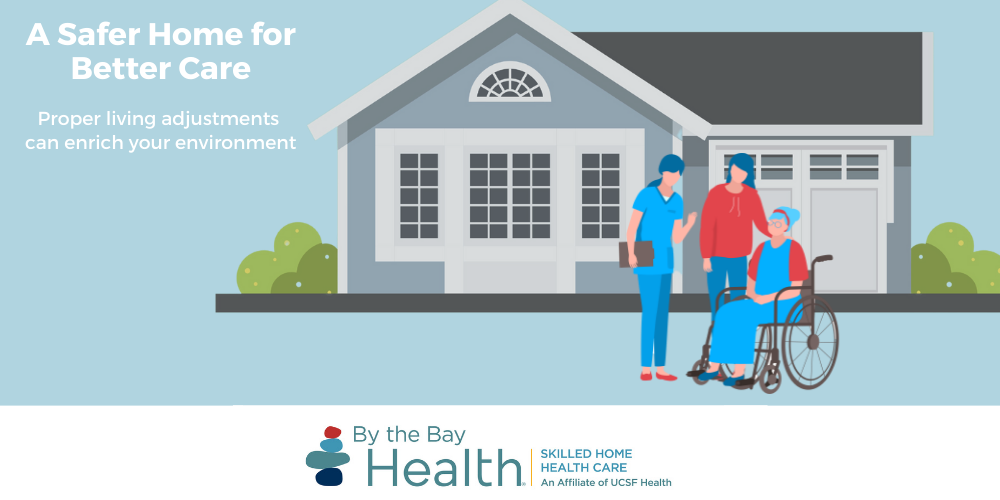
Being a caregiver can be a challenging but rewarding experience. However, some of those challenges can be reduced with proper safety measures. Below are a few helpful tips to make sure you provide the best home care possible.
Kitchen

- Set utensils, food, and other items at a convenient height
- Use proper food handling, preparation, and storage techniques
- Store heavy pots at waist height or close to floor
- Keep at least one multipurpose fire extinguisher on every level of the home
Bathroom
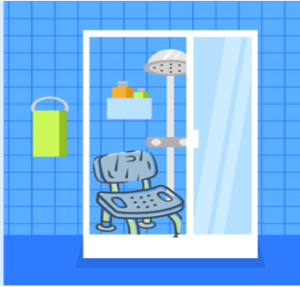
- Install toilet extension seat to raise the seat
- Switch to a hand-held shower head
- Install grab bars near toilet and inside and outside shower or tub
- Have a shower seat or chair
- Adjust faucets and towel bars so they are easy to reach
- Add nonslip strips in the shower or tub
Bedroom
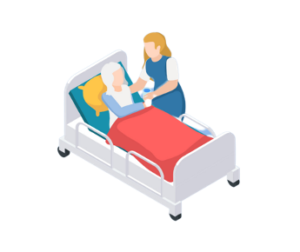
- Have a portable toilet (commode) available beside the bed
- Consider buying or renting a hospital-style bed with side rails (this prevents the person from falling out of the bed)
- Provide lifting devices that can help the person onto and out of the bed
Stairs
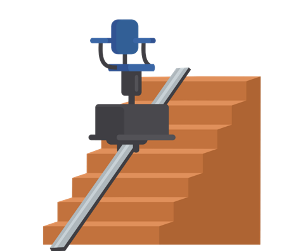
- Install chair lifts or build ramps
- Install new railings or secure old railings
- Repair or replace stairs
- Keep stairway well lit
- Install non-skid treads on stairs
Throughout the Home
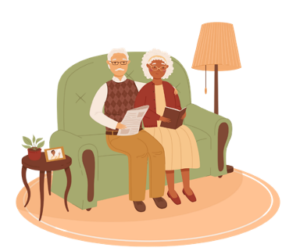
- Maintain a clean and bright home to prevent dust and allergens
- Make sure furniture is comfy and sturdy
- Clear walking areas (keep hallway and high-traffic areas free of clutter such as: cords, books, clothes, toys, and boxes)
- Remove area rugs or secure with anti-slip pads or carpet tape
- Lower water heater to 120°F to avoid burns
- Keep nighttime thermostat above 68°F (low body temperature can lead to dizziness and other health concerns)
- Inspect heaters yearly
- Install CO alarms in the home to avoid Carbon monoxide build up which can be deadly
- Install and test smoke alarms
- Keep electrical appliances away from water sources
- Unplug appliances when not in use
- Install GFCI outlets in kitchens and bathrooms
- Lastly, prepare a fire escape plan with at least two ways out of the home for each room
For more home safety and emergency preparedness tips visit American Red Cross.

